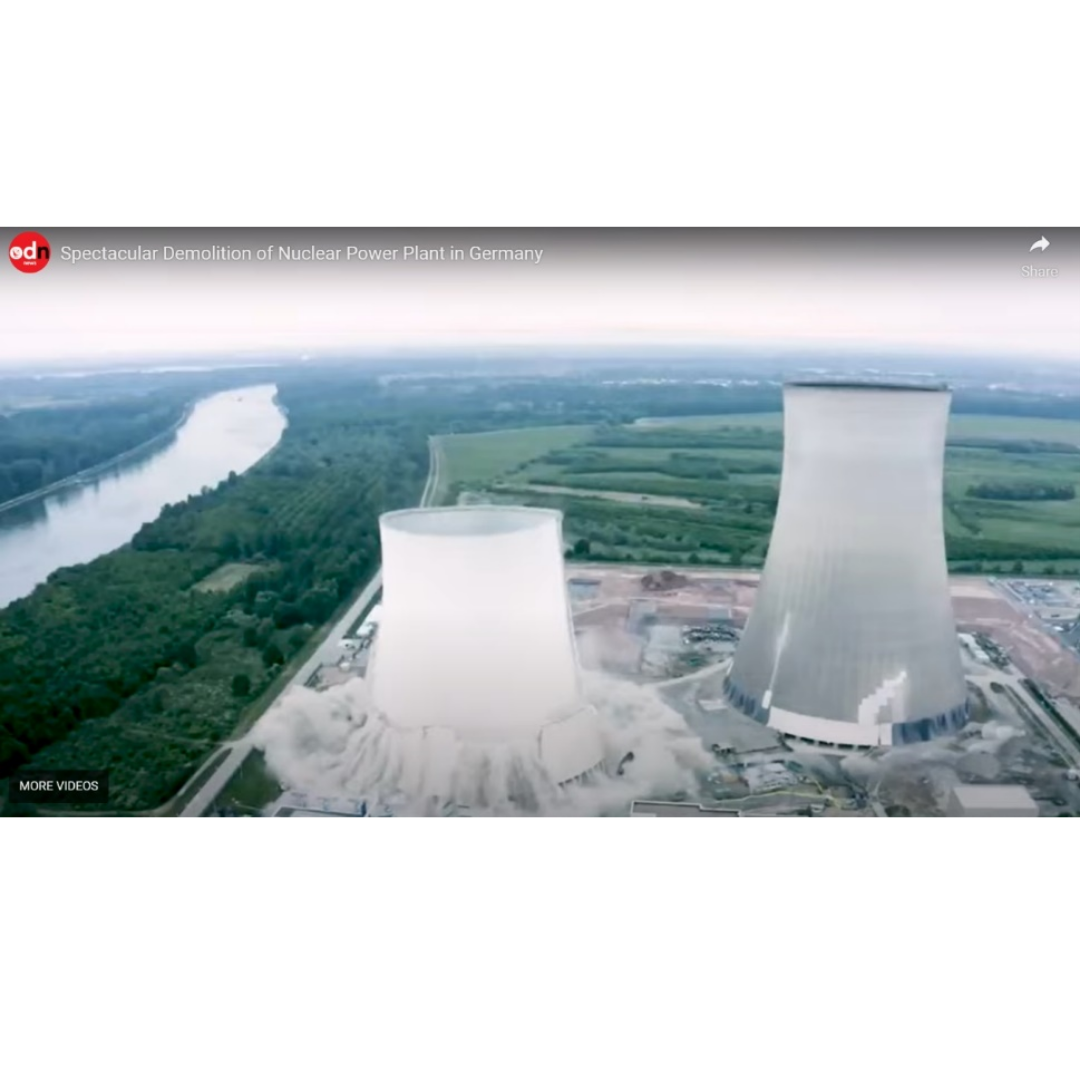
Part 2: Nord Stream Pipelines – Multiple Parallel Paths to Success or Failure?
April 28, 2022
|
Tip of the Month
The Nord Stream 1 & 2 Subsea Pipeline Projects are a tremendous feat of engineering. In a previous Tip of the Month, we discussed the technical aspects of the Phase Envelope, Hydraulics, Diameter selection, Pipe wall thickness, pressure gradient profile, and flowrate for these multiple parallel pipelines.
This Tip of the Month will present some co...
View Article
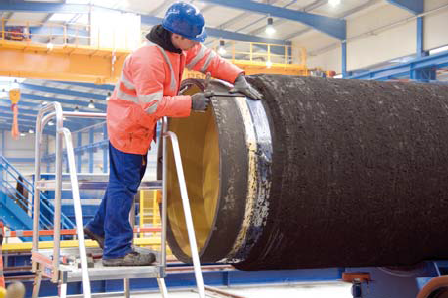
Transporte del Gas Natural en su Fase Densa – Corriente Nord 1
April 12, 2022
|
Tip of the Month
Se han puesto en marcha gasoductos con capacidad del transporte del CO2, y el gas natural en su fase densa. Debido a la alta densidad de este resulta en gasoductos de menor diámetro representando ahorros sustanciales. El transporte de fase densa igual asegura la eliminación del liquido en la tubería para los sistemas de producción del...
View Article

Transportation of Natural Gas in Dense Phase – Nord Stream 1
March 30, 2022
|
Tip of the Month
Pipelines have been built to transport CO2 and natural gas in the dense phase region due to its higher
density which results in a smaller pipeline diameter resulting in significant capital cost savings. Dense phase
transport also provides the added benefit of no liquid formation in the pipeline for produced natural gas
gathering systems.
The applic...
View Article
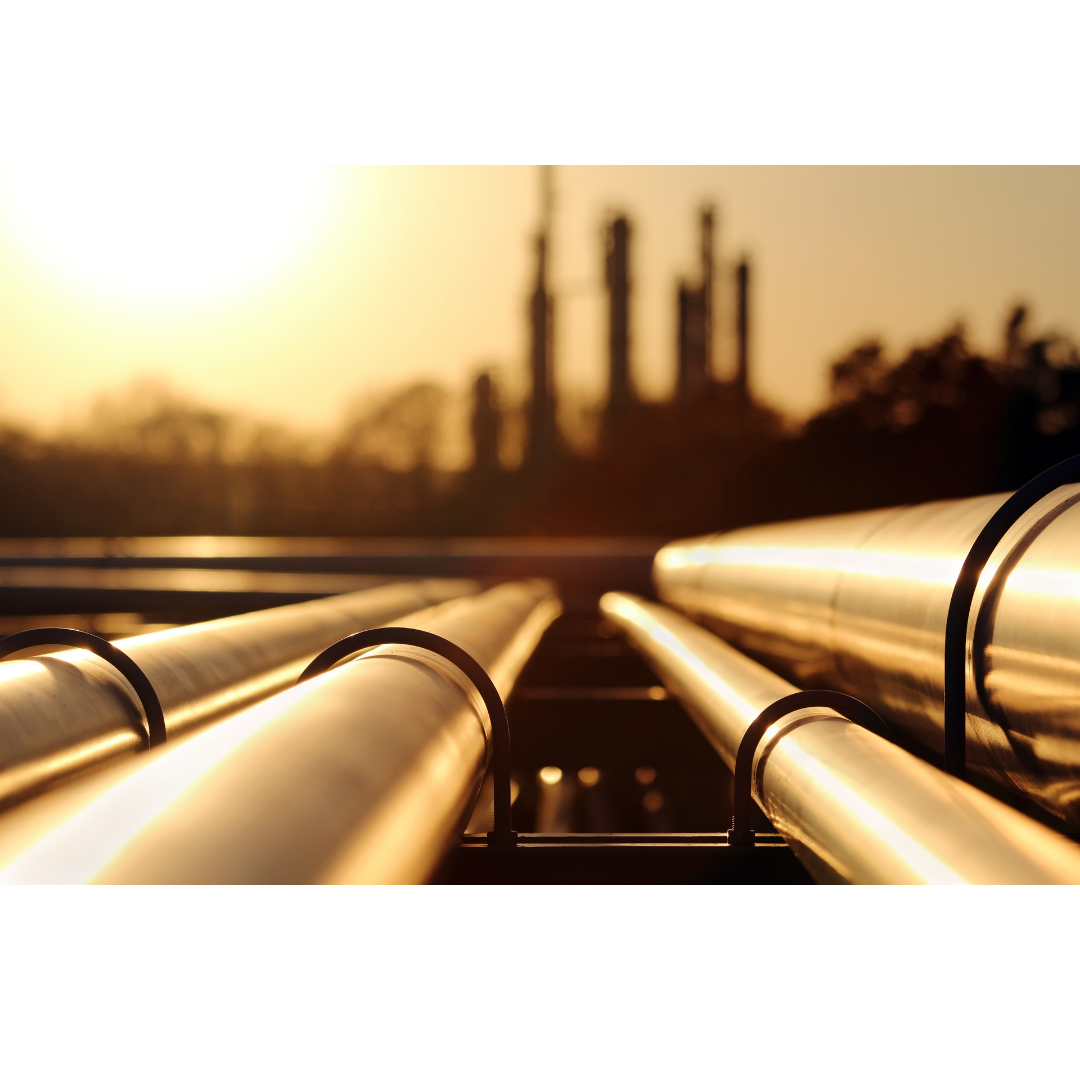
Onshore Gas Gathering Systems – Concept Selection, Basic Design & Operation (Part 3)
September 13, 2021
|
Facilities Topics
There are several “non-metallic” options for gas gathering system applications. To a large degree, non-metallics eliminate the corrosion concerns – both internal and external – associated with metallic – typically carbon steel – pipelines.
View Article
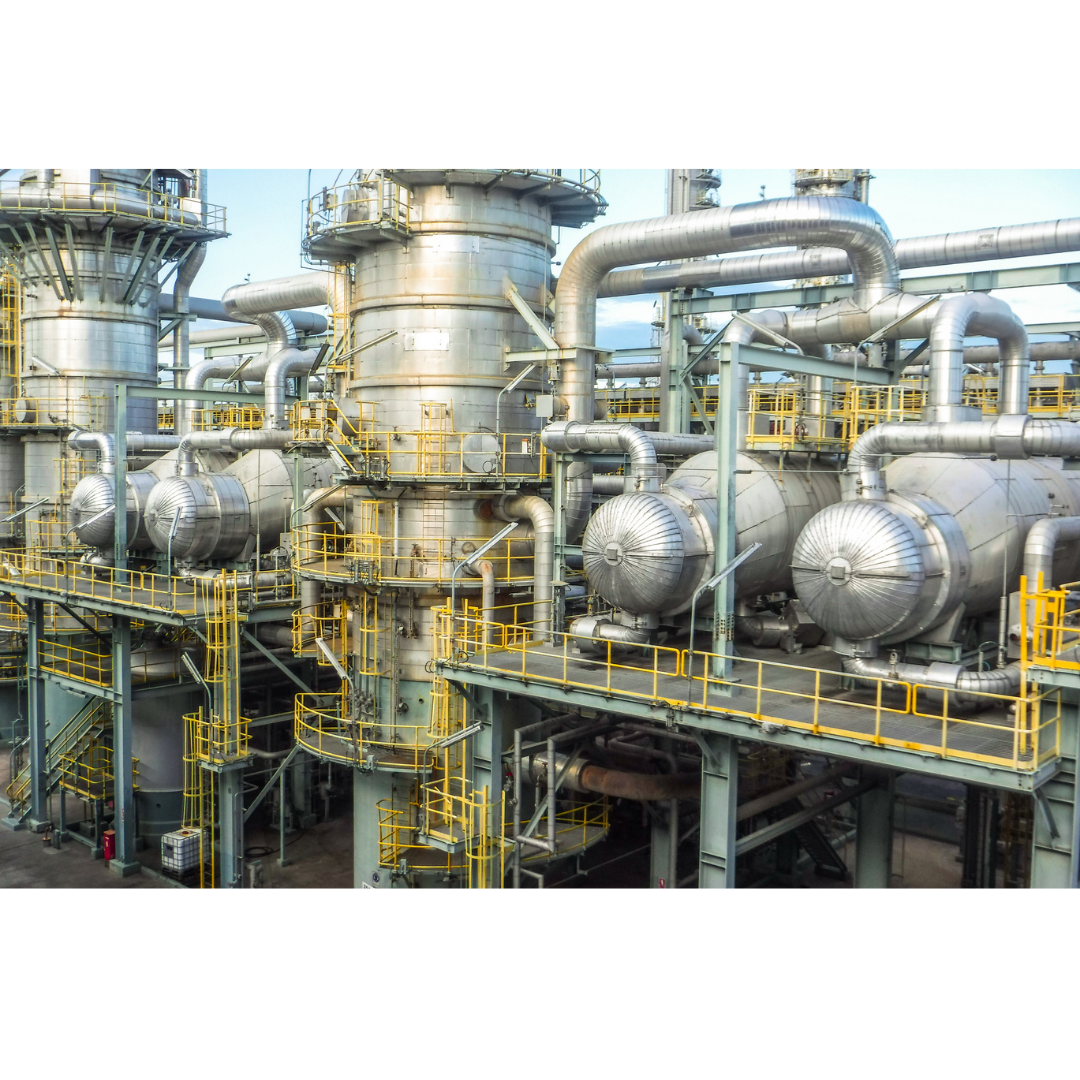
Acid Gas Removal: Preventing Liquid Carry Over to and Condensation in the Amine Contactor
September 1, 2021
|
Facilities Topics
Hydrogen sulfide and carbon dioxide are the principal objectionable acid gas components often present in natural gas, synthetic gas, and various refinery gas streams. These acid gas components must be removed for corrosion prevention in gas pipelines, process equipment, and for health and safety reasons. Reference [1] provides current acceptable co...
View Article
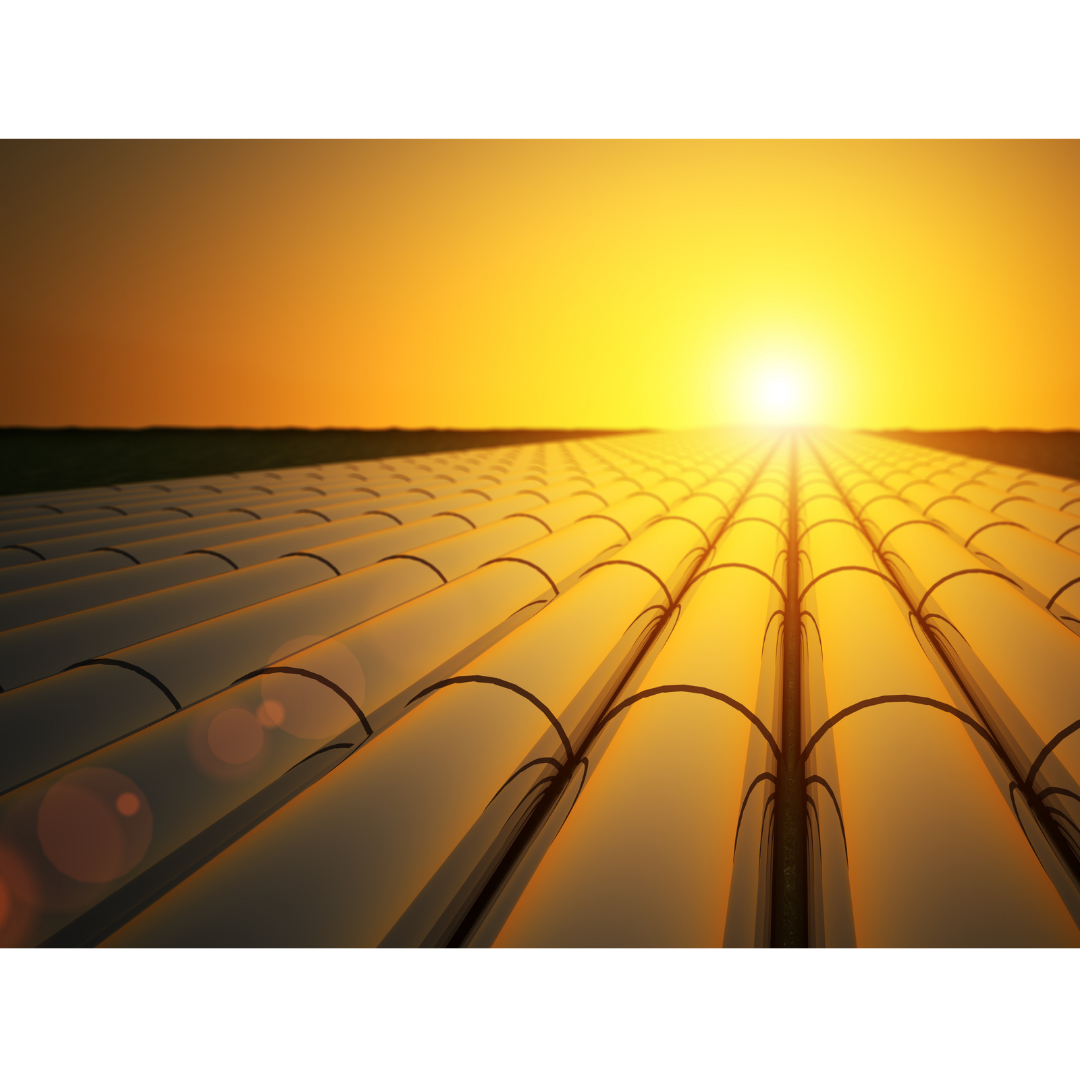
Onshore Gas Gathering Systems – Concept Selection, Basic Design & Operation (Part 2)
August 30, 2021
|
Subsurface Topics
In some cases, a choke/line heater is required at the wellsite to deal with the large JT expansion cooling effect experienced by choked high-pressure wells, especially during start-up. This is a somewhat different application than prevention of hydrates in the GGS but there are some common aspects to the equipment utilized.
First, the hydrate temp...
View Article





